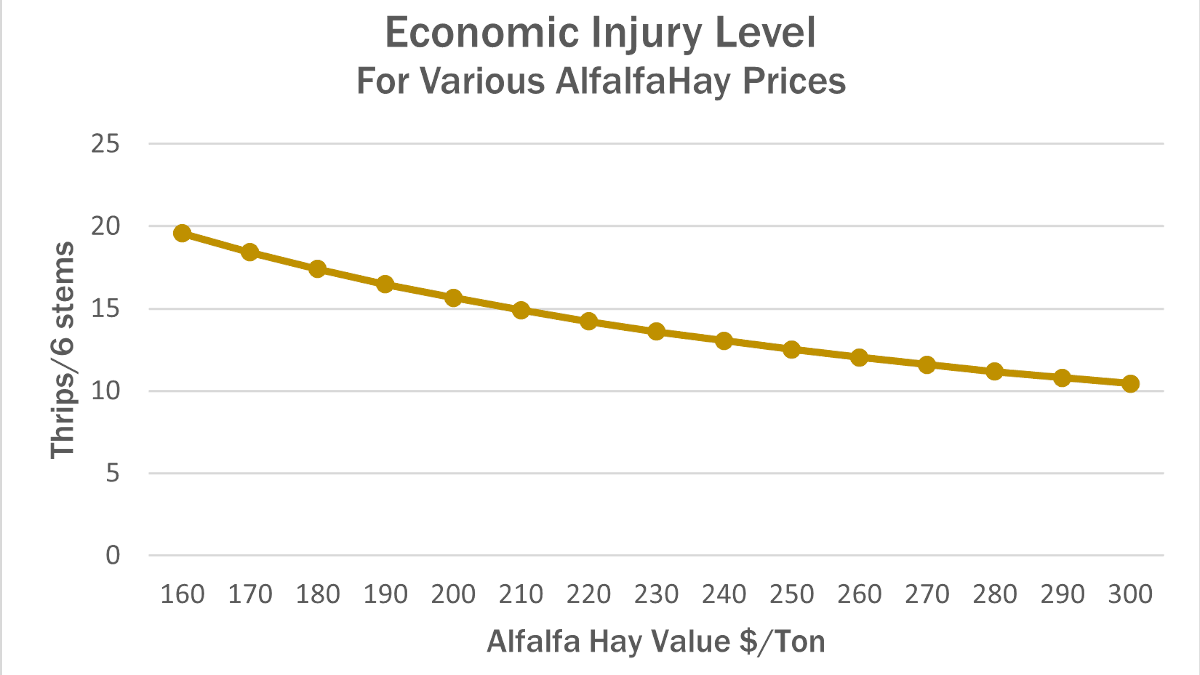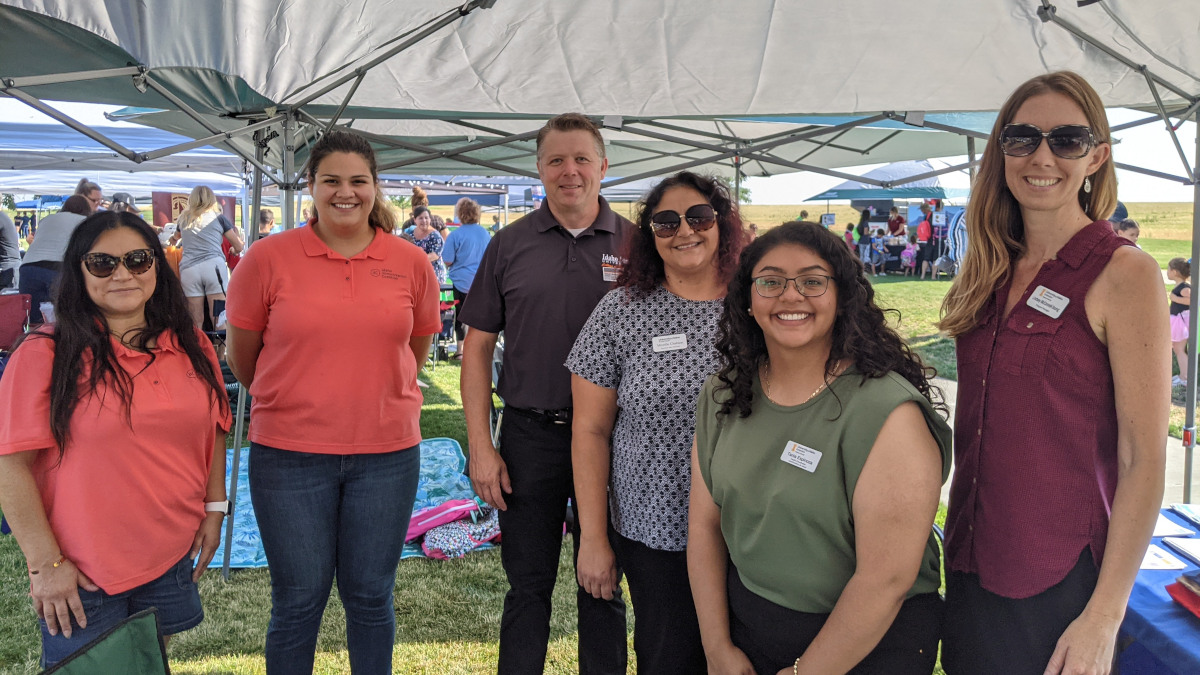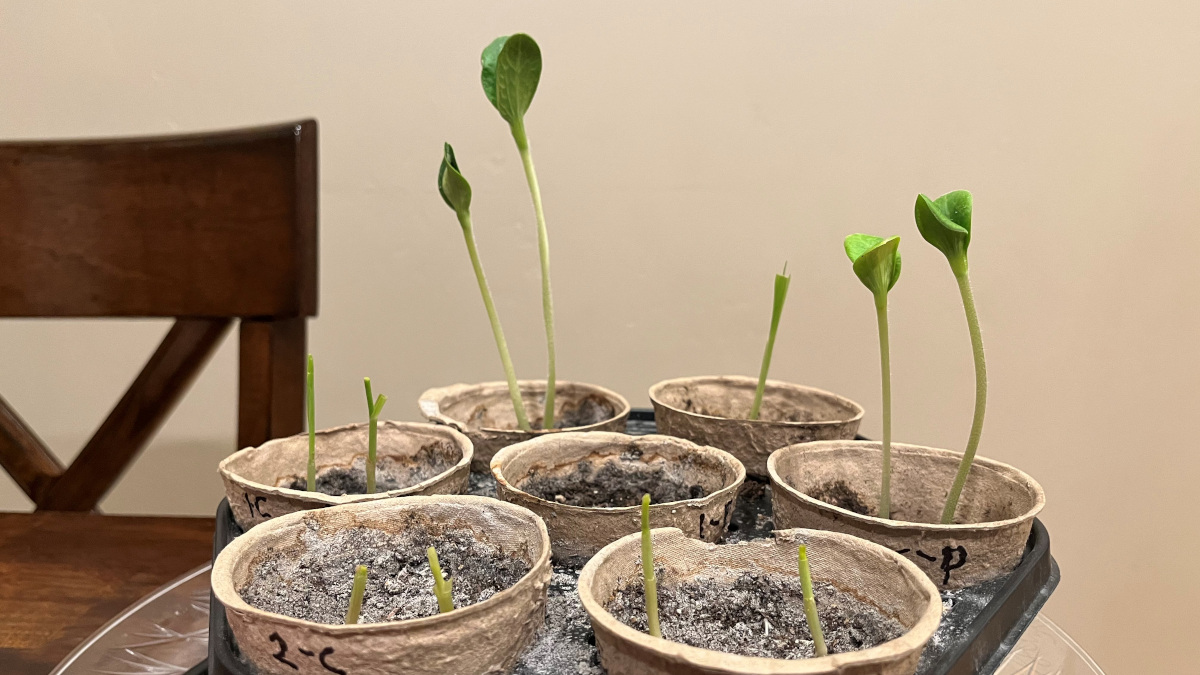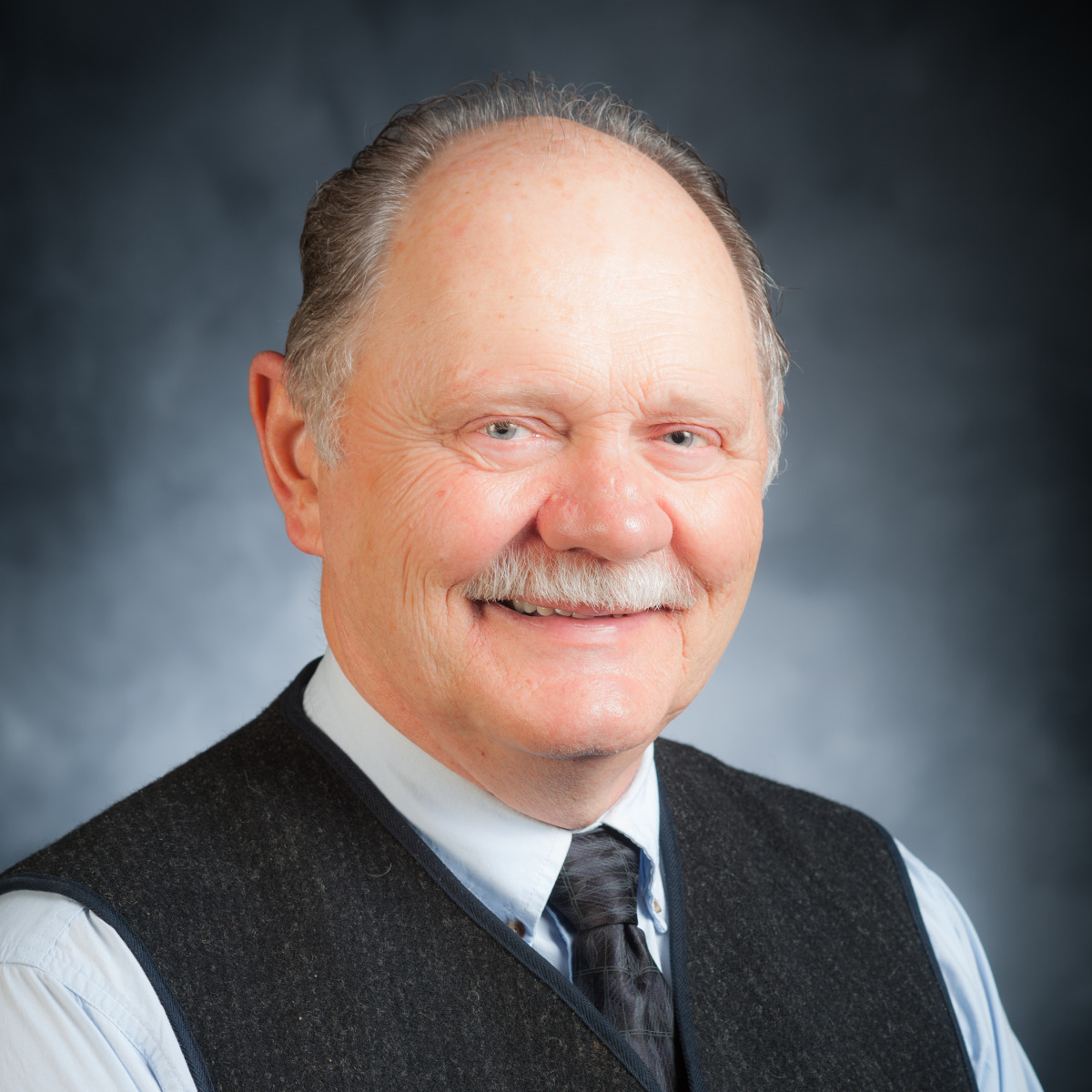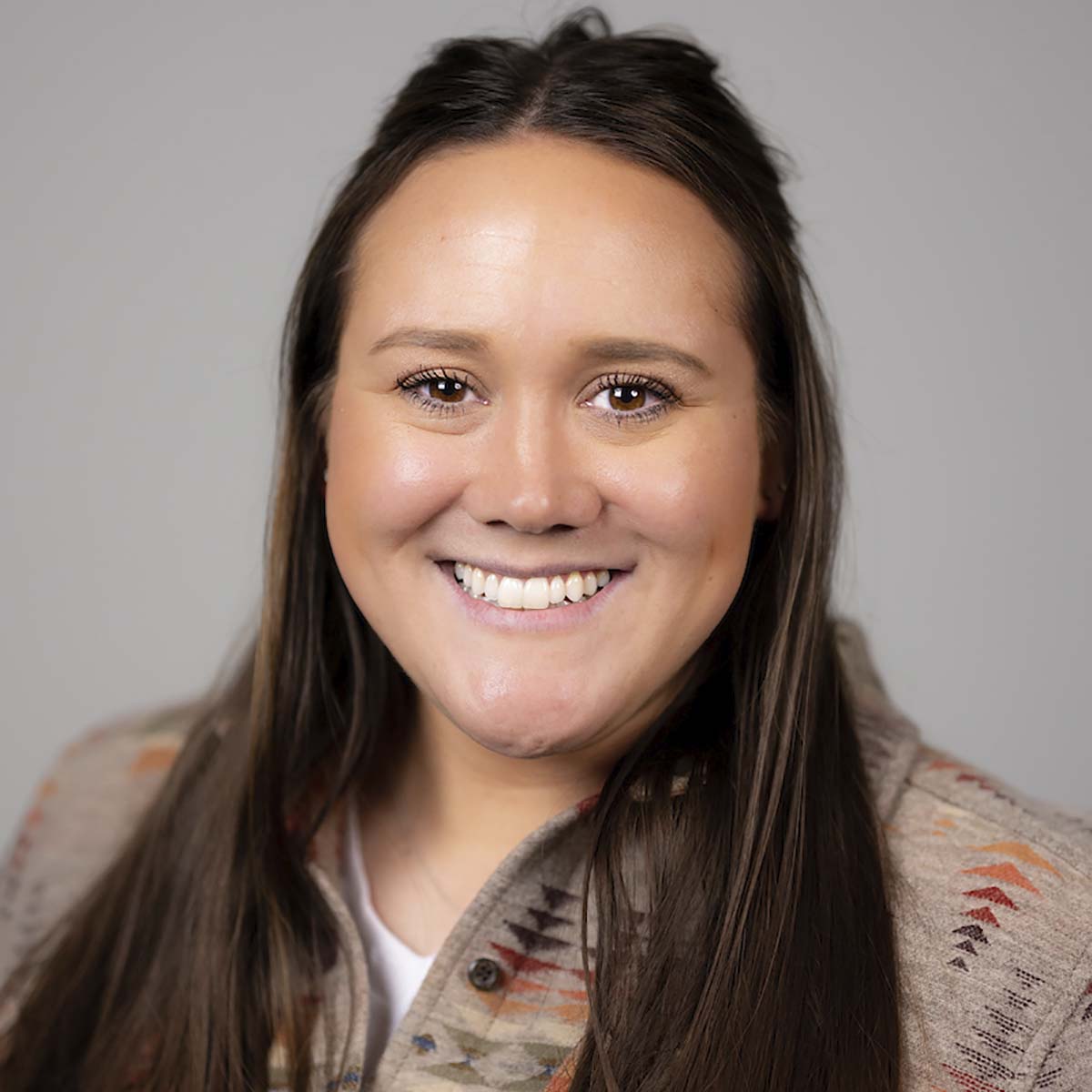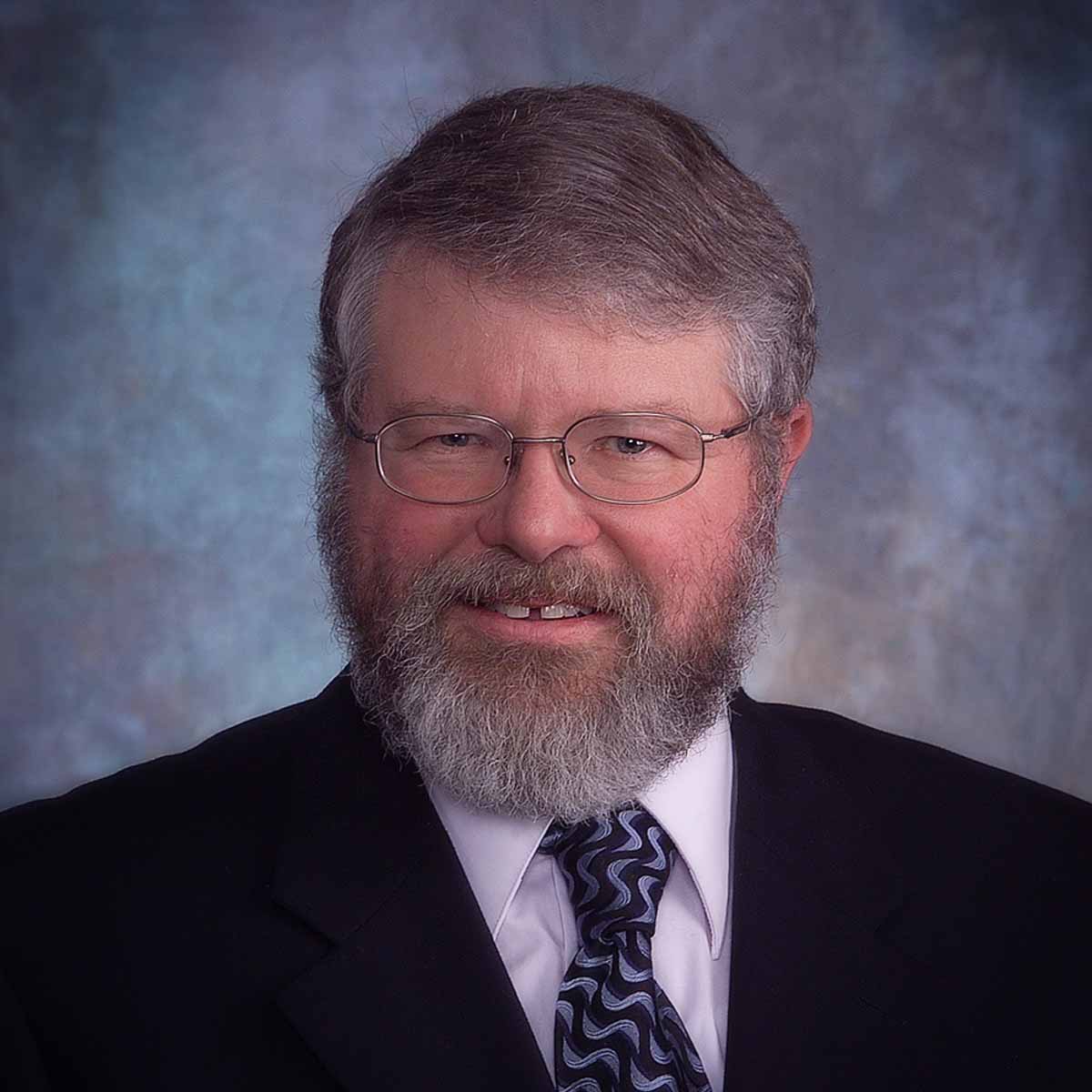Extension ExPress, March 2022
Director's Message
It is with grateful hearts that look forward to spring planting in the fields, milestone achievement celebrations of high school and college graduations and the warm sunshine that brightens our days. This past week, the Idaho State Legislature passed our budget request along with additional funding for the Idaho Center for Plant and Soil Health at the Parma Research and Extension Center and special funding for a University of Idaho Extension Adult Computer Literacy Program.
As the state is advancing our broadband connectivity, speeds and infrastructure, opportunities will abound for those who are prepared to lead and thrive in the digital economy. Many large companies are allowing their employees to work remotely permanently or are experimenting with a hybrid model.
Working remotely provides opportunities for workers to live anywhere they have connectivity. Many smaller businesses without digital skills are being squeezed out and the digital divide is widening. It is critical for our rural workers and entrepreneurs to develop the skills necessary to be competitive in the digital marketplace.
This newly funded program will include a three-pronged approach to adult computer literacy. In the first part, our 4-H Tech Changemakers will teach basic digital skills so the adult participants can feel confident in getting online and sending and receiving emails. In the second area, we will offer Utah State Extension’s remote worker online training course as many need to retrain for a digital career so they can continue to live in their rural communities. The third prong is to educate entrepreneurs and business owners to increase their skills in selling and accessing new markets on the internet. With new technology skills, our Idaho residents can learn, work and shop more effectively and efficiently while enjoying more opportunities in our beautiful state.
Mark your calendars for Vandal Giving Day, April 5-6, to support UI Extension 4-H Youth Development. In addition to giving to the statewide 4-H program, gifts can also be designated to each individual county. The county with the highest percentage increase of donors compared to last year's Vandal Giving Day will receive $500 from the University of Idaho Foundation. The county in second place will receive $300 and third place will receive $200. Additionally, a 4-H Statewide Challenge has been created by Wayne and Peggy Theissen, that will unlock $5,000 to support Idaho 4-H Greatest Needs once $5,000 has collectively been raised across all 4-H funds during Vandal Giving Day. Every gift is greatly appreciated.
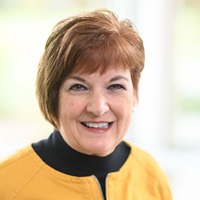
Barbara Petty
Associate Dean and Director
University of Idaho Extension
Extension Impact
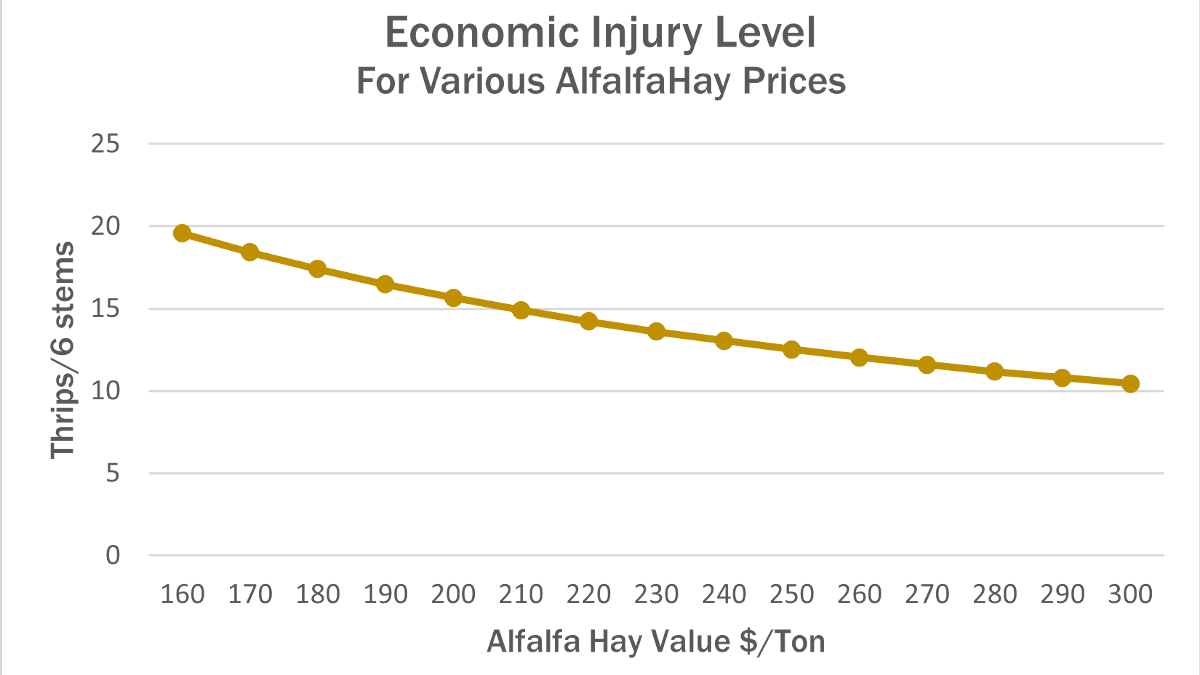
Assessing Thrips Damage
In 2018, University of Idaho Extension educators, crop advisors and hay growers all began observing damage from thrips on alfalfa crops in Bingham and Jefferson counties. At that point in time, an economic threshold for thrips in alfalfa did not exist – meaning that farmers did not know when insect control measures should be applied.
In response, UI Extension educators J. Reed Findlay and Joseph Sagers developed a three-year research project to determine the extent of damage to plants and resulting yield losses to calculate the economic injury level of thrips in alfalfa crops.
Thrips are tiny, slender insects with fringed wings that feed by puncturing the outer layer of host tissue and sucking out the cell contents. The resulting damage includes russeting of leaves and leaf cupping. A lack of natural predators and their ability to reproduce asexually can contribute to population spikes and make control a challenge.
The research team discovered two species of thrips feeding on alfalfa crops in Blackfoot and Mud Lake – western flower thrips and onion thrips, with the western flower species being most abundant. Low populations were found as early as June, but crop damage wasn’t apparent until mid-August.
Use of broad-spectrum insecticides is not recommended until a crop reaches damaging levels, so scouting a field for thrips populations is important. Findlay and Sagers recommend taking six stem samples of at least 6 inches each in a random manner across an entire field and counting all the thrips on the six samples.
Factors used to determine the economic injury of an insect like thrips include yield loss per pest, market value of the crop, cost to spray, and the effectiveness of control measures. The resulting calculation will help farmers determine at what level of insect infestation control measures will begin to be economically viable.
With this information, Findlay and Sagers calculated the economic injury level for thrips in alfalfa at 10 to 20 thrips per six stems (depending on the price of alfalfa hay). Once that level is met, then it makes economic sense to spray and control the insects.
Alfalfa growers in Idaho are now armed with the economic threshold information needed to help them make informed decisions about effective integrated pest management programs.
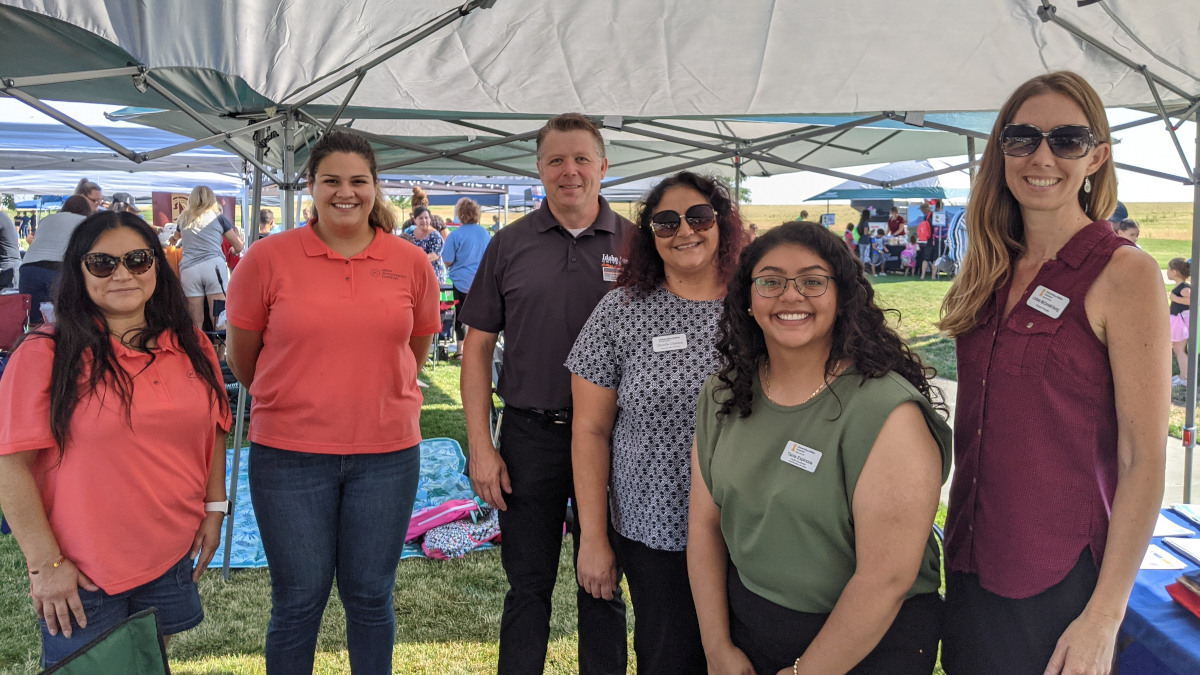
UI Extension Recognized by CDC for Vaccine Education Efforts
University of Idaho Extension’s efforts in COVID-19 vaccine education were recently recognized by the Centers for Disease Control and Prevention’s (CDC) National Center for Immunization and Respiratory Diseases (NCIRD).
Through an interagency agreement with the CDC and the USDA’s National Institute for Food and Agriculture (NIFA), Cooperative Extension units at land-grant universities across the nation received funding and launched the Extension Collaborative on Immunization Teaching and Engagement (EXCITE) in June 2021 to address health disparities among rural and other underserved communities.
“Rural America continues to be especially hard hit by the pandemic, and the lives of families and communities continue to feel the impacts,” said NIFA Director Carrie Castille. “Because our communities are faced with making important decisions about vaccinations, having a trusted, independent community agent to aid in decision making is essential. Cooperative Extension agents and educators are well placed to have that discussion and provide objective educational information. Talk with your Extension agent, and then decide.”
UI Extension’s EXCITE team found the success of mobile vaccine clinics dropped significantly following the initial rush of people wanting to get vaccinated. It became clear that the approach of simply showing up with vaccines was not helpful for those who were still unsure. The team developed a three-step approach for mobile clinics, which focuses on providing education before, during and after shots are given.
UI Extension educators coordinate with established groups, companies, or organizations to host educational sessions and conversations up to one week before the vaccine clinic is held. Educators are available during the clinic, serving as a familiar face and personal connection. The team returns to the site to administer a second dose and is available for questions or resources.
The EXCITE team has partnered with the Idaho Immunization Coalition and Idaho State University’s College of Pharmacy for the coordination of clinics and administration of vaccines. Since December 2021, the team has delivered seven clinics, which included 28 educational sessions and over 400 participants from 11 Idaho counties. A total of 80 COVID-19 vaccines and 65 flu vaccines have been administered.
“Agents and educators are trusted messengers working in every county across the nation and are uniquely situated at local levels to engage with their communities and build partnerships to improve community health,” Acting Director of the CDC NCIRD Samuel F. Posner said in a letter to the U.S. Cooperative Extension System. “As my team listens to our partners in the field, we hear story upon story of the need for one-on-one, honest discussions with trusted messengers to address concerns about COVID-19 vaccines.”
The EXCITE project will continue through June 2023 in southwest and south-central Idaho. To learn more or request an educational mobile vaccine clinic visit uidaho.edu/excite.
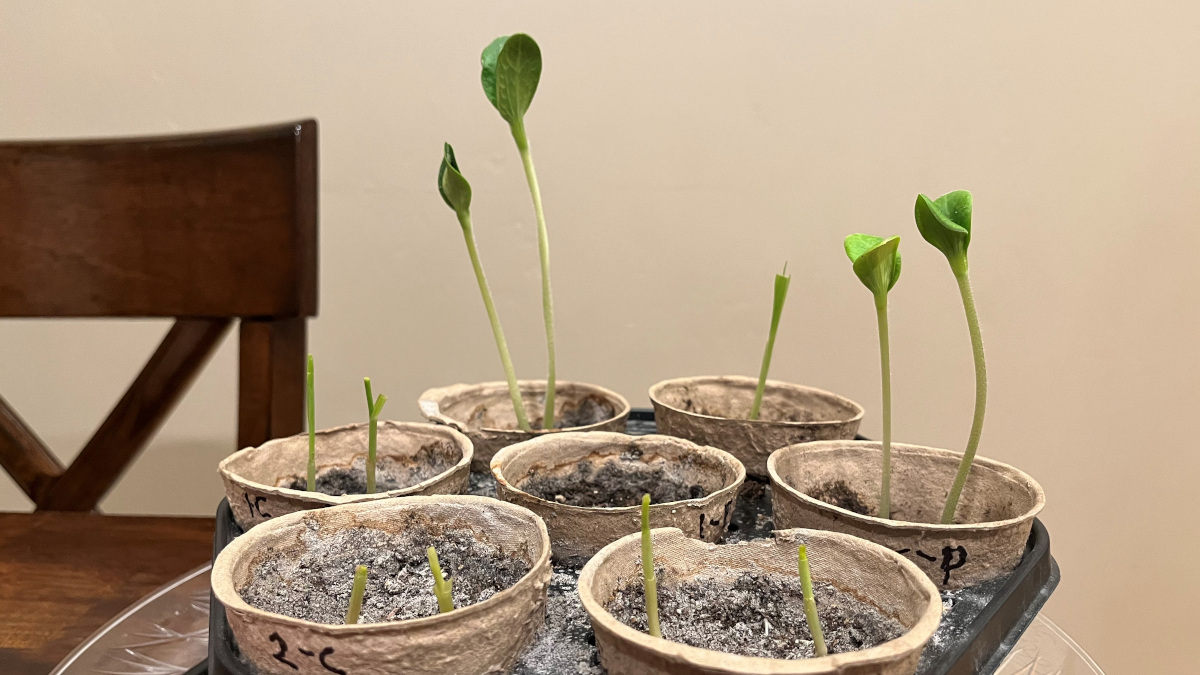
Growing Produce on Mars
If humans ever colonize the moon or Mars, one of the most critical challenges will be figuring out how to produce food in entirely new environments.
In 2021, the Idaho Space Grant Consortium offered mini grants to youth groups interested in addressing the challenge of growing produce in space. Marilyn O’Leary, 4-H program coordinator for University of Idaho Extension in Payette County, jumped at the chance to get Payette County youth involved.
“If we do ever colonize the moon and Mars, then we’re going to have to provide food for people,” O’Leary said. “So, this project was about making people think outside the box. And that’s what I tried to push with the kids too.”
The grant included samples of Martian soil and a few parameters, such as a requirement that at least 50% of the soil used for an experiment be Martian soil. Youth were also required to wear gloves and respirator masks while handling the soil and were instructed to not eat any of the food produced from the soil.
“They were really surprised by the soil,” O’Leary said. “It’s a real fine, almost powdery soil. Kind of like an alkaline soil.”
The entire project spanned six weeks, with participants planting corn and pumpkins seeds in fiber trays, then recording the pH, soil moisture, amount of light, and plant height each day. Each participant selected a different combination of soil for the project and O’Leary was surprised by the results of one 12-year-old participant, Ocie.
“Ocie used the soil that was four parts Martian soil to one part potting soil,” O’Leary said. “Ocie’s seeds were the first to sprout, which was really surprising to me. Her plants looked the best all the way through.”
Most plants sprouted within 10 days and all seeds sprouted by day 12. Ocie’s plants had the highest average pH at 8.0 and grew the tallest, with the corn measuring at 23 centimeters and the pumpkins at 37 centimeters.
Rayden, an 11-year-old participant, noted that his 50/50 mixture of soil was easy to work with but harder than normal soil and needed a little more water.
“This was a fun experiment for the kids in growing plants with different mixtures of soil,” O’Leary said. “They also learned about some of the issues that arise and the conditions that plants need to survive. They all observed that after about four weeks of watering, the soil started forming a crust that needed to be broken up or the plants died.”
Another participant, 8-year-old Liam, met an unexpected obstacle in his experiment.
“Liam went on vacation over a weekend and when he came home the dog had eaten the top of his corn,” O’Leary said. “He was so devastated.”
Galactic Quest
O’Leary paired the soil project with another space-themed project from National 4-H called Galactic Quest. The project explores the history of humans in space, the technology and resources needed for missions, and obstacles humans encounter in orbit. Activities explored physics and engineering, computer science and space agriculture.
O’Leary and the youth participants had six project meetings where they would discuss how their plants were growing, then complete one of the Galactic Quest activities which ranged from building a telescope and engineering a mechanical arm to harvest crops in space, to computer science coding activities to learn about cyber security and protecting assets in space.
“It was really about preparing youth to work in space and solving some of the space challenges,” O’Leary said. “I think the whole thing really spurred their interest in space and gave them something to think about that they hadn’t thought about before.”
O’Leary is planning another project with the Martian soil for youth which will be paired with a Martian Base Camp challenge kit starting in May and continuing through the summer.
“We are excited about this series of projects and are hopeful that more Payette County 4-H members will participate in the next adventure we take into space,” O’Leary said.
Idaho Teens Lead Anti-Vaping PSA Project
Idaho teenagers from Caldwell and Marsing recently discovered what it takes to develop a public service announcement as part of the University of Idaho Extension Well Connected Communities program.
Health assessments, along with county data, found smoking to be a top health priority in Caldwell and Marsing. Vaping was cited as a top concern.
“We had many, many write-ins for vaping, especially teen vaping,” said Surine Greenway, UI Extension Educator in Owyhee County. “It helped us identify our number one health priority to focus on.”
When UI Extension 4-H Teen Health Advocates Sofia Dueñas and Julissa Hernandez saw the health assessment results, they were enthusiastic. Vaping is something they see every day among their peers, and they know it is a real-life problem.
“They really identified with this topic.” Greenway said. “They see it at school all the time.”
According to the 2019 Idaho Youth Risk Behavior Survey, nearly half (48%) of all Idaho high school students have used an electronic vapor product at least once in their lifetime, and 9% used e-vaping products on 20 or more of the last 30 days.
Dueñas, Hernandez and their committee of teen health advocates including Noely Nuñez, Edith Hernandez Sanchez, Audrie Miller, Annie Miller, Jonathan Ineck, Dakota Krausch, Jaci Montgomery and Mikayla Montgomery, learned how to educate their peers about this health concern. They attended training for the Stanford Toolkit, an anti-vaping curriculum provided by Stanford University School of Medicine.
“The teens came back wanting to put the curriculum into practice,” Greenway said. “They initially were really excited to take this information into classrooms, and they structured a training their peers attended in Caldwell.”
Finding a Partner
The committee worked together with their advisors to create an anti-vaping video to share during presentations, due to COVID-19 restrictions.
“We filmed on Zoom for that first video,” said Sendy Martinez, UI Extension Educator in Ada County. “We couldn’t meet in person, so everything was done virtually.”
Meanwhile, Martinez had been contacted by Project Filter who was looking for teenagers who vaped to participate in a focus group. Martinez showed Project Filter the anti-vaping video with hopes that they could take the project in another direction.
“When they saw it, they wanted to help us make more pointed public safety announcements,” said Martinez. “That’s where the teens really spearheaded the project. They wanted to make videos from teens for teens.”
“The teens did everything from write and edit scripts to act in the videos themselves,” said Greenway. “We overcame a lot of challenges—cancelled presentations, contacts changing suddenly—but the teens took responsibility for this project. We’ve seen a lot of growth in these teenagers.”
With the help of Project Filter, the committee filmed four videos in one day, going from location to location and doing multiple takes and voiceovers.
“We were impressed that these youth took the initiative from start to finish. We didn’t have to push them to get this done,” Martinez said.
“The teens were enthusiastic about this project because it was personal for them,” said Greenway. “Project Filter used actual confiscated vape pens from the schools themselves, so we know vaping is prevalent in our school districts.”
Project Filter approved three of the videos and used them to make radio PSAs as well, which are running throughout the entire state of Idaho.
“It’s important to note that this partnership is valued at least $250,000 for the free ad space alone,” said Greenway.
Pressing Forward
PSAs aren’t the only result of the project. The committee has been presenting anti-vaping messages throughout the state, and they’ve done a national presentation as well.
“They were the only teens to present at the Idaho Commission of Hispanic Affairs’ Latino and Trouble Youth Retreat,” Martinez said. “It was the only presentation geared to both youth and their parents.”
As this group of dedicated teens continues to educate their peers on the harms of vaping and cigarette use, Greenway anticipates this message progressing into local school districts and even to Idaho community officials.
“This has been great to see how these young people took this project from start to finish and how these PSAs can be used in multiple learning settings,” Greenway said.
You can find more anti-vaping resources at projectfilter.org/e-cigarettes-and-vaping. For information on Project Filter’s anti-vaping PSAs, contact Surine Greenway at surineg@uidaho.edu.
Faculty Spotlight
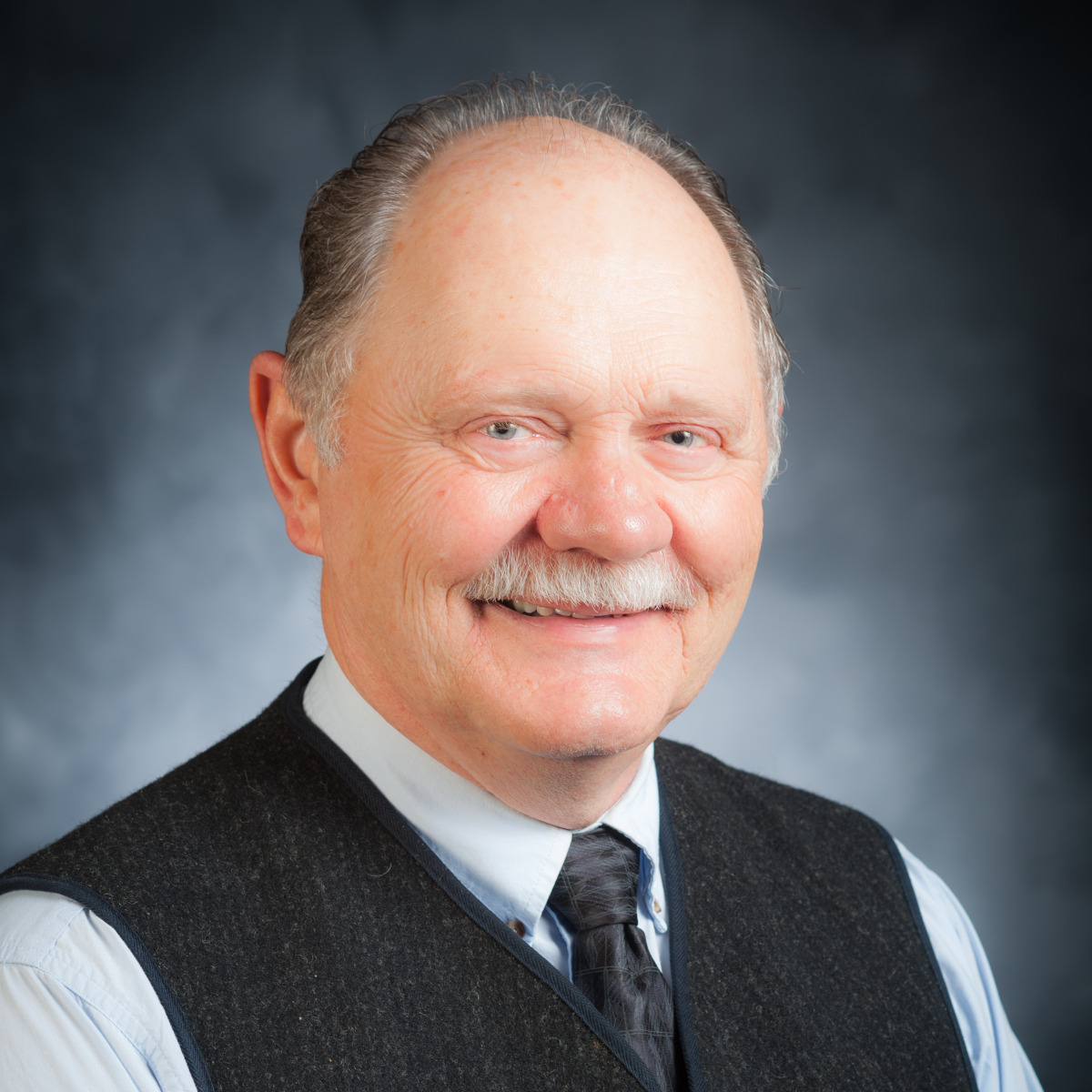
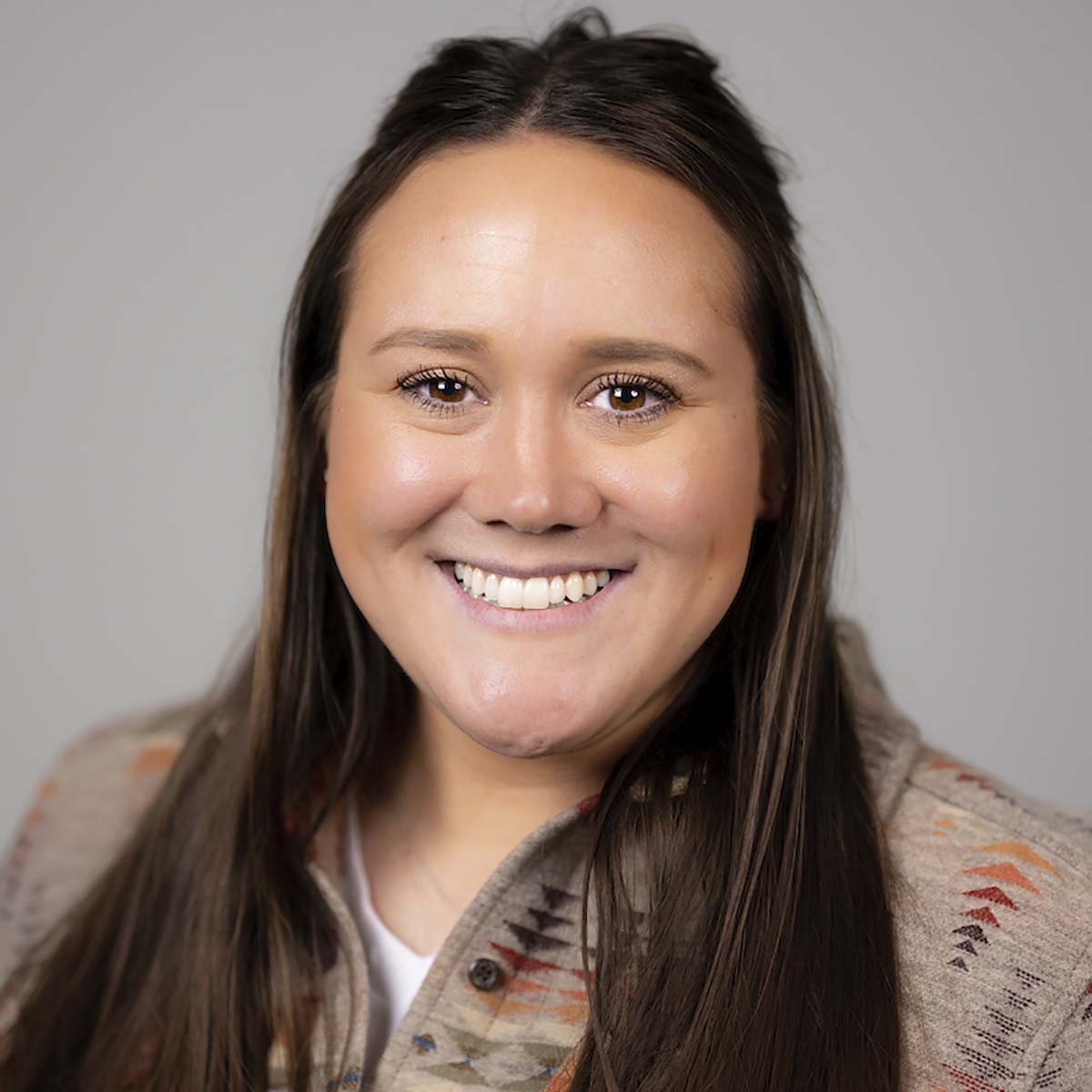
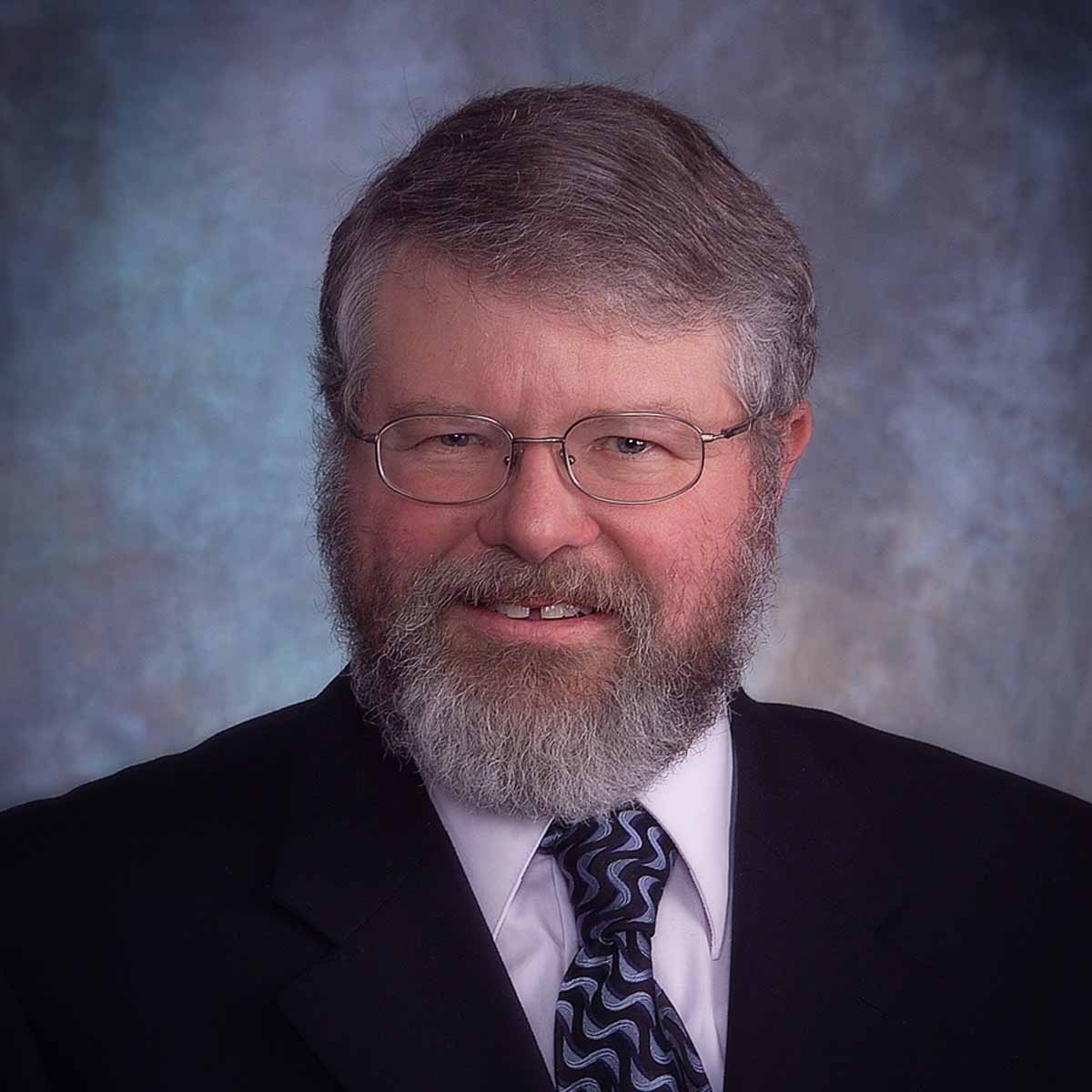
Featured Events
- U and I Together | Weekly
Join UI Extension for a series of fun, virtual activities for all ages. Learn about cooking, healthy eating and outdoor activities. - Logger Education to Advance Professionals (LEAP) | April 19-21, Post Falls; April 26-28, Moscow
This program helps loggers improve their skills, document and market their services and communicate more effectively with family forest owners and managers. - Advanced Ranch Management School | May 11-12 | Moscow
This new program is designed for mid-career to experienced ranchers and will enhance business and management skills to improve the economic and resource sustainability of ranches.
Visit the UI Extension calendar for a complete listing of upcoming events offered online and across the state.
Featured Publication
Simplify Dinnertime: A Guide to Make-Ahead Freezer Meals for Electric Pressure-Cooking
With a freezer meal plan and your electric pressure cooker, you can prepare meals ahead of time to get dinner on the table in a fraction of the time. This publication steers you through the basics of assembly-line pressure cooking and freezing for seven delicious meals.
Feedback or suggestions? Please pass them along through calsnews@uidaho.edu.
Sign up to receive Extension ExPress as a quarterly e-newsletter.







